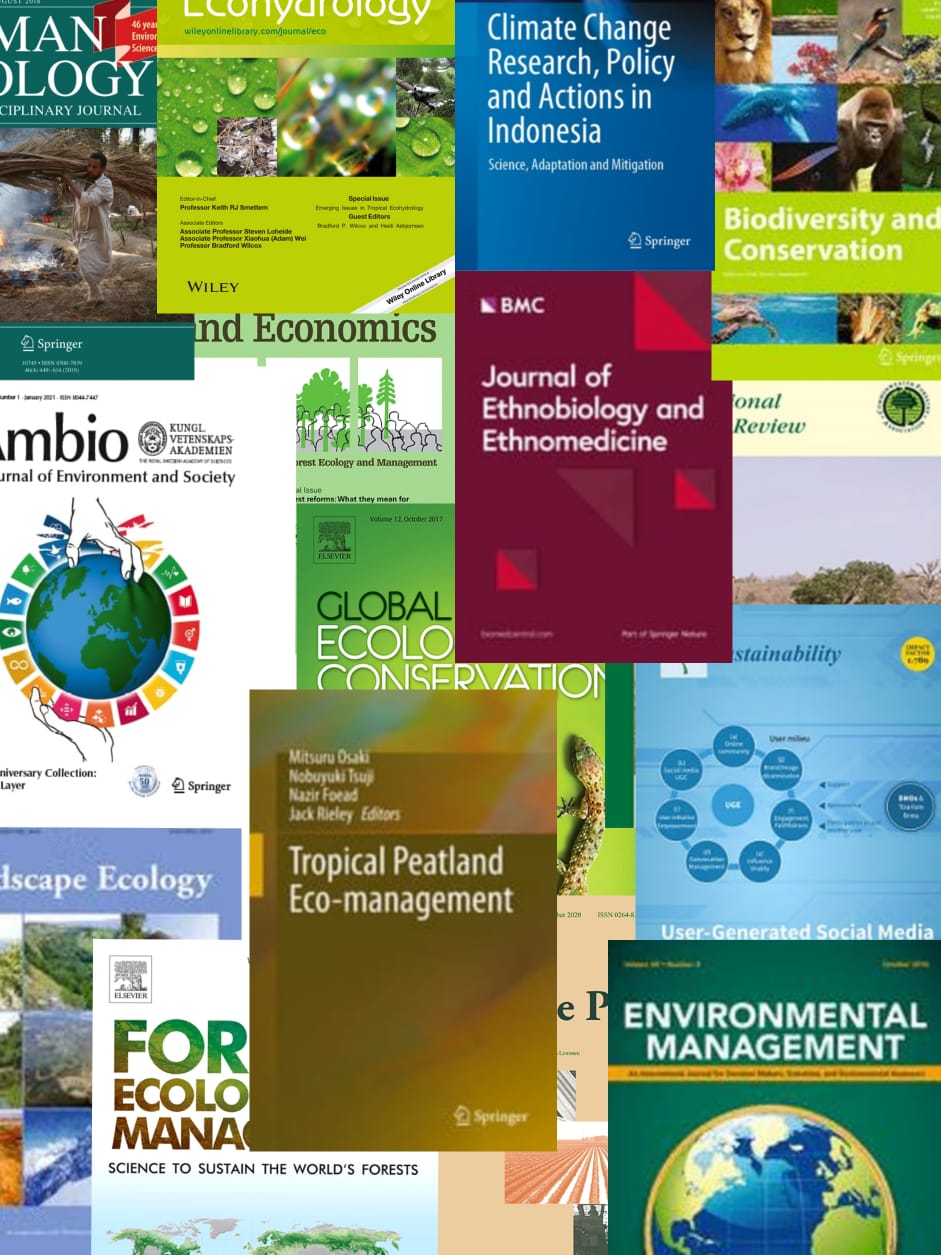The island of Borneo suffers from one of the highest deforestation rates in the world, primarily due to agriculture, logging, and other human activities. This habitat loss may be partly mitigated by reforestation programs in degraded landscapes, especially anthropogenic grasslands that have little conservation or economic value. By monitoring native bird communities, we evaluated the success of two small (<20 ha) community reforestation projects in Gunung Palung National Park in Indonesian Borneo. Birds responded rapidly following reforestation, with species richness doubling over 7 years at one site, and increasing by 29% in just 3 years at the other. Final tallies (63–70 species per site) were comparable to those obtained in older secondary forests elsewhere in Borneo. Anthropogenic fire is the primary threat to reforestation success, but intensive fire prevention allows bird communities to recover from temporary setbacks. Absence of fire was thus the most important factor in recovery, and we detected no effect of replanted area on bird species richness. Our results suggest that by engaging local communities and ensuring long-term maintenance, even small reforestation sites in Borneo can provide immediate benefits for native biodiversity.
View source

